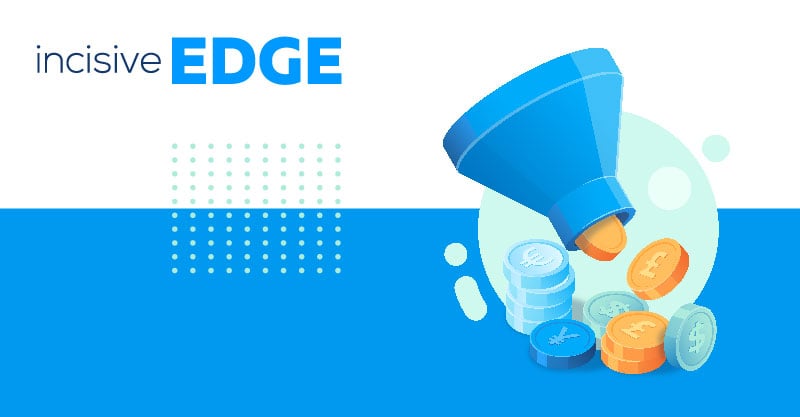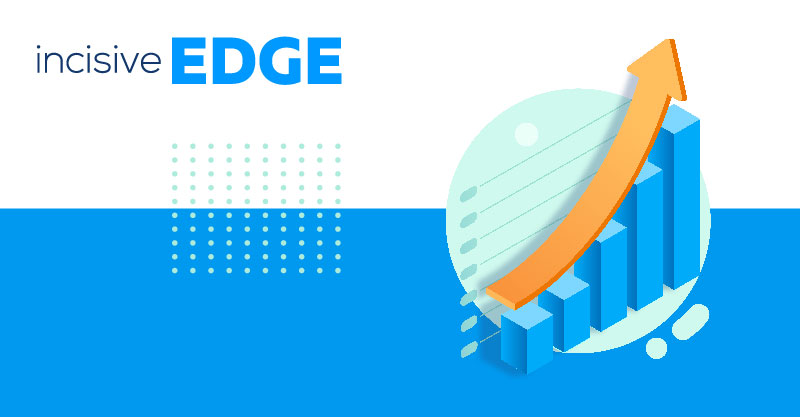There’s nothing easy about launching a new product or entering a new market; just like there’s no simplistic answer to the question, “What is a go to market strategy?”
Whether, as a startup, you’re entering a thriving market with massive demand or redefining customer expectations in an entirely new market, you need a solid strategy to survive the cutthroat competition out there.
To make sure that you hit the right KPIs and achieve your broader business goals, you need to develop a detailed action plan to help you increase adoption rates, decrease the chance of failure, and succeed in launching your product. These are commonly known as Go to Market Strategies or GTM Strategies.
Finding the perfect synergy and balance between your marketing and sales team and every other department to achieve your goals will dictate how your launch will be.
What is a Go to Market Strategy Plan, and How Important is it Really?
A go-to-market strategy (GTM Strategy) is a crucial element of any business plan, and is used by product marketing specialists, managers, and other decision-makers when they need to:
- ensure the smooth launch of a new product,
- enter an unfamiliar market,
- or re-launch a brand.
Every business has a similar challenge:
How to get their product/service in front of the right people.
It’s not the easiest problem to solve, especially when there are so many businesses competing for a slice of the pie.
Consumer habits are changing. People are becoming more knowledgeable, spending a substantial portion of their time investigating brands online. So, unless you're relying solely on impulse purchasers, you need to find a way to get yourself noticed by buyers who want what you're selling and change your sales process and go-to-market plan accordingly.
You need to figure out your GTM marketing strategy approach, develop a sales strategy and method, discover your ideal target customers, produce a tempting pricing structure, and set up your unique selling proposition.
As a crucial part of your business plan, a go to market strategy (GTM Strategy) can help you with all of this.
Read - What is the difference between a Go to Market Strategy and a Marketing Strategy?
The Core Components of a Go to Market Strategy Plan
At its most basic, a typical Go to market strategy (GTM Strategy) boils down to a pricing strategy and a distribution plan.
However, for the plan to be successful, you need to dig a little deeper. To flesh out your strategy, you’ll need to include the following core components:
Image: Incisive Edge
Target Market
A clear definition of your target audience helps you to narrow down your focus. Spend some time nailing down demographic, geographic, and psychographic variables as a solid foundation.
You’ll also want to create detailed buyer personas and buying journey. Once you have the ideal customer profile, you’ll have a better idea of the direction your strategy will need to take.
Value Proposition and Product Messaging
You need a clear description of your product; a quick pitch that doesn’t need any extra explaining. Describe the problem it solves or need it addresses in a way people can understand.
This is your opportunity to position your brand and stand out from the crowd. Dig deep and don’t rush it. Highlight the true value you provide.
Pricing Strategy
People sometimes underestimate the value of a carefully planned pricing strategy. This will depend on your target market and positioning goals.
Depending on your product, consider the pros and cons of subscription-based models, demand-based pricing, tiered pricing, freemium models, blade models or feature pricing.
Distribution Plan
If you’re selling any physical or digital product, you’ll want to consider how you’re going to get it into the hands of your customers through your marketing strategy and campaigns.
If your business model is entirely service or content-based, it’s important to think about how you intend to expand your reach and grow revenue.
Mapping Out the Buyer Journey
Once you’ve ironed out the core components of your go to market strategy, you’ll need to think about the buying process that takes place before prospective customers in your audience are ready to decide.
The three main stages in the buyer journey are:
1. Awareness: The prospect first learns about your product.
2. Consideration: The prospect spends time learning about your product and your brand.
3. Decision: The prospect weighs up their choices and makes a final decision.

Image: Incisive Edge
It’s popular to visualise the buyer’s journey in a funnel shape. There are more people at the first stage of the process and fewer people at the third stage. In fact, you’re left with around 4% of your original audience at the end of the journey.
Your go to market strategy should include your plans for moving prospects down this funnel. Simply getting your product on the market isn’t enough to ensure that it sells.
Developing Marketing Content to Suit the Customer’s Journey
As part of your go to market strategy, you’ll need to develop marketing content that caters to each stage of the buyer journey.
Create ads, blog posts, videos, infographics, and checklists to grab your audience’s attention. Once your prospects have noticed you, shift your efforts towards tutorials, discovery calls, or webinars to give them a closer look at who you are and what you offer.
Add your foundation content (long form blogs, videos, and infographics) to your website. Then, create smaller snippets and promote them through social media, email, online ads, and any other platforms that might boost your reach.
When you start to notice responses, be sure to track which content is getting more engagement and which platforms have the most traction. Double down your efforts on anything that’s working well.
At the end of the buyer journey, you’ll be able to convert your prospects with a solid proposal or a free trial to seal the deal.
Don’t Forget About Customer Experience
Don't slack off once your prospects are ready to convert. Once they've made the decision to purchase your product, they'll shift their focus to the quality of their experience in dealing with you, you must consider this when conducting your sales strategy to strengthen your competitive advantage.
The goal here is straightforward: Make every interaction a delightful one. Keep customers coming back for more with a retention strategy and get them to refer other people to your company via word of mouth or different social and marketing channels.
Irrespective of the product or service you offer, make sure that you provide strong customer support resources. Send a follow-up mail, give them a call, set up FAQs on your website, and have reliable sales teams manning your inbox and social media.
Whether you’re launching a startup, planning an expansion, or developing a new product, asking yourself the tough questions (like “What are Go To Market Strategies?”) will help you find your footing in a different market.









